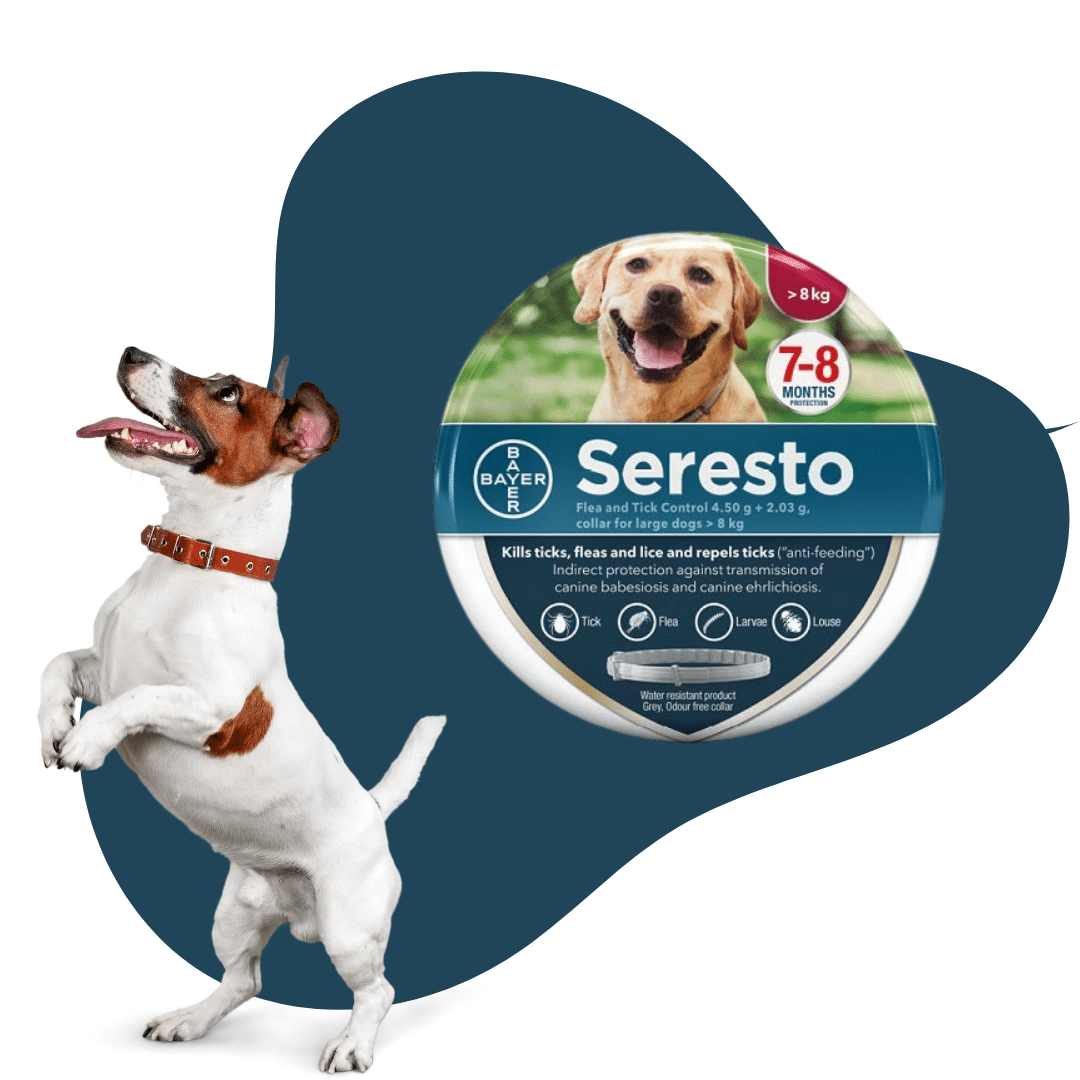When it comes to a successful Amazon listing, it goes well beyond just keyword research and taking quality product photos (not that those aren’t super important too) and oftentimes hinges on developing proper branding through copy. Emma Schermer Tamir, founder of Marketing by Emma, was on Optily Radio last week and walked Amy Coyle and me through her methodology when it comes to helping brands stand out in the sometimes overwhelming world of choice on Amazon.
We chatted about making something generic like Tupperware containers sound more unique and optimized a hypothetical cable listing to help Amy with past charging woes. Other topics we touched on that we’ll going into more detail on below were:
- Branding on Amazon through copy and language
- Amazon SEO best practices
- Sales aren’t final right after a conversion
Check out the preview from our chat or listen to the whole episode yourself. Otherwise, read on to learn a bit more about the fascinating approach Emma and her team go through for their Amazon clients.
Watch
Listen
Who are Emma and Amy?
Writing for your customers
Branding goes well beyond logos and package design–it extends to your tone of voice and how you communicate with your audience. And in order to do that, Emma reminds us that you need to really get to know your audience first. Especially if your products are a bit more generic and have veteran brands with thousands of reviews to contend with, you have to do something different to stand out.
Emma suggests picking a different angle, a more niche audience and tailoring your copy towards them. In the example of Tupperware, rather than going after the popular mom demographic, consider a younger millennial consumer who is really into meal prepping and target the health and eco-conscious audience, rather than the more family-oriented one.

Optimizing for Amazon search
Amazon is a search engine, one with very high buying intent. Of course, some people are just virtually window shopping and creating wish lists, but more often than not people are on there looking to buy something in the very near future. As with SEO on your website, Amazon terms operate in much the same way.
You’ve got your “short tail” more generic terms, like “sleeping bag.” Or some very specific products, like “sleeping bags for dogs” that are “long tail” and much more niche. Emma’s advice for new brands that are looking to rank on Amazon is to focus on these more narrow search terms that apply to them. Most people looking for sleeping bags won’t be looking for canine-sized ones anyway!
However, people who are new to the dog world might not even know dog sleeping bags exist. In this case, she suggests brands expand the keywords they use to help with discovery. Using slightly more common terms like “dog blanket,” for example, may help broaden the audience while still focusing on people specifically shopping for pets.
Some of the tools Emma and her team use for keyword research are Helium 10 and ZonGuru.
Buy cheap, buy twice
Amazon Prime makes it so easy to buy products without worrying about returns. Especially with products under $5, oftentimes you don’t even need to bother actually returning the product, you just get the refund. For that reason, Emma doesn’t really count a conversion as a purchase. Only once the customer receives and keeps the product does it really count as a sale.
Especially when it comes to clothing or other items that need to be tried on for size, people will buy a medium and a large and see which one fits better and just return the other. This is another reason why it’s so important to make sure to include as much information on the listing itself as possible. You want to minimize returns because they can be quite costly.
Not to mention, getting frequent returns because the product received didn’t align with the description can result in negative reviews.
Looking for more marketing tips?
Check out previous episodes of Optily Radio for expert insights on how to fuel your eCommerce marketing efforts.







